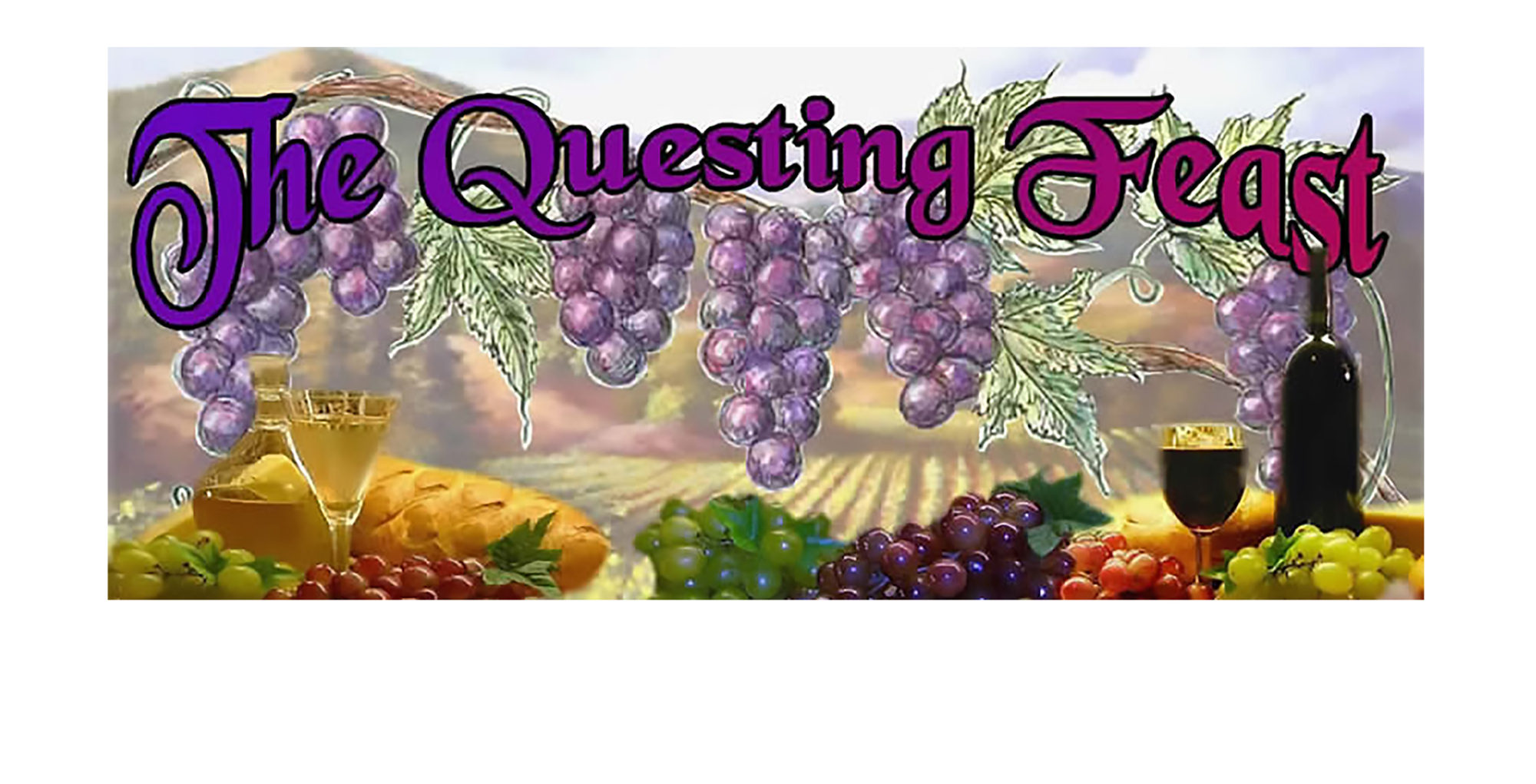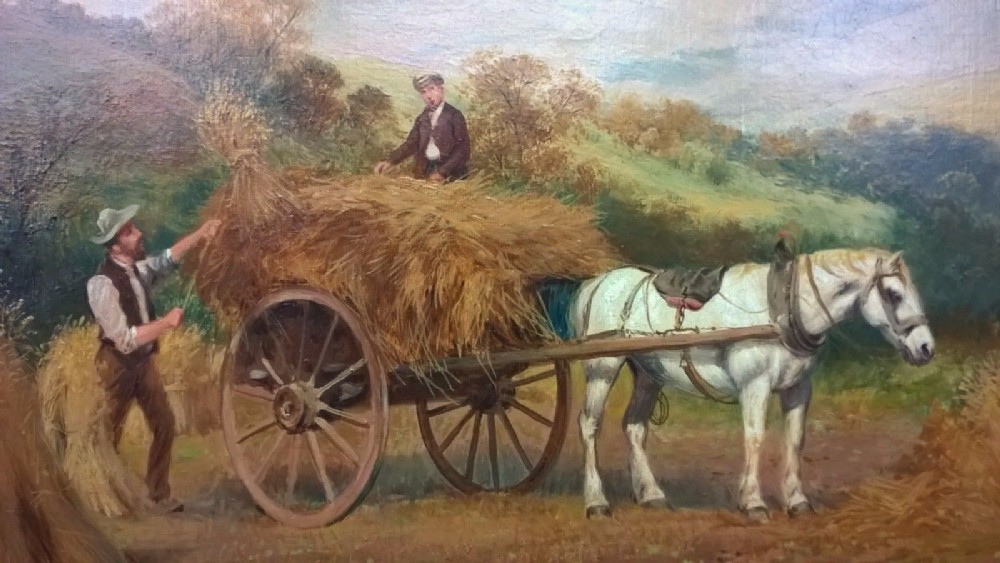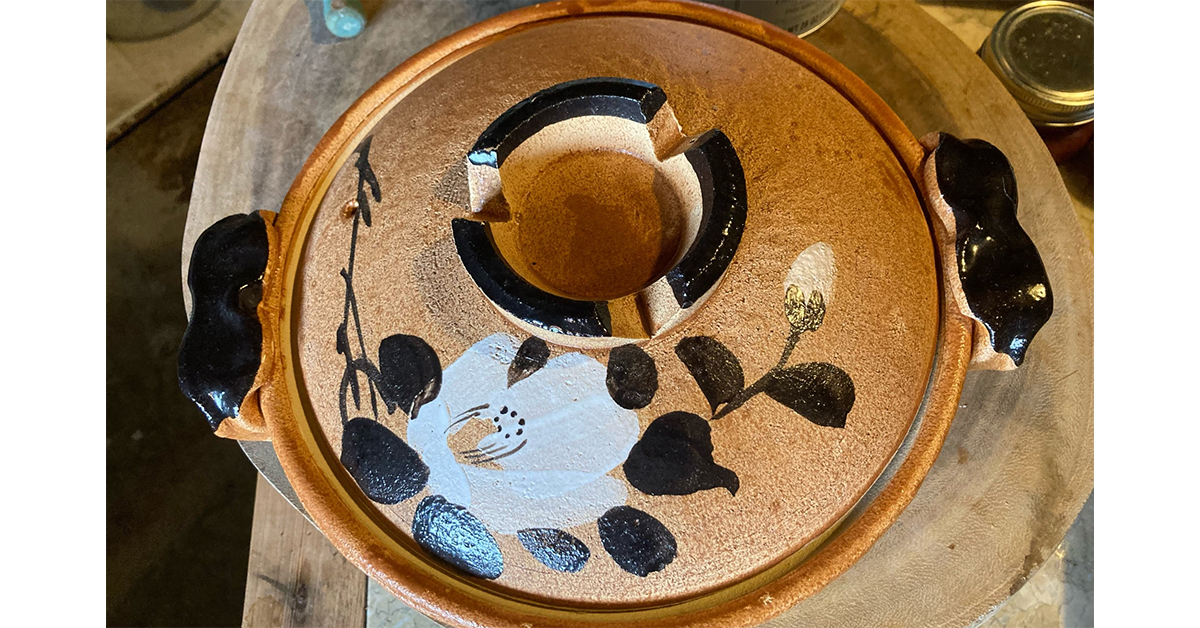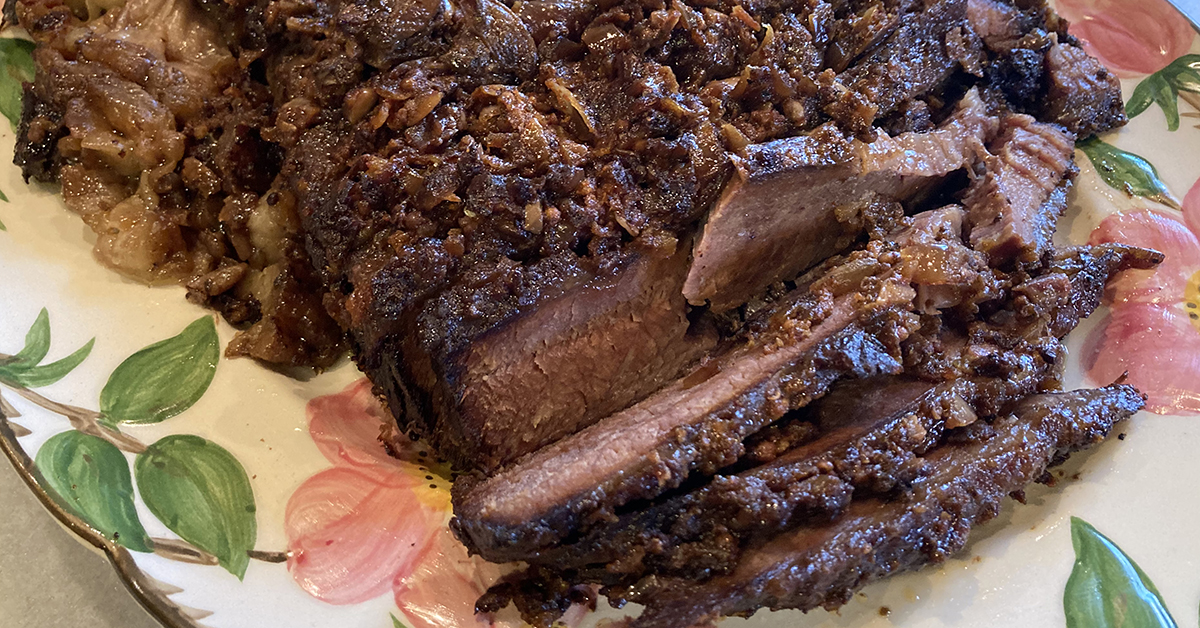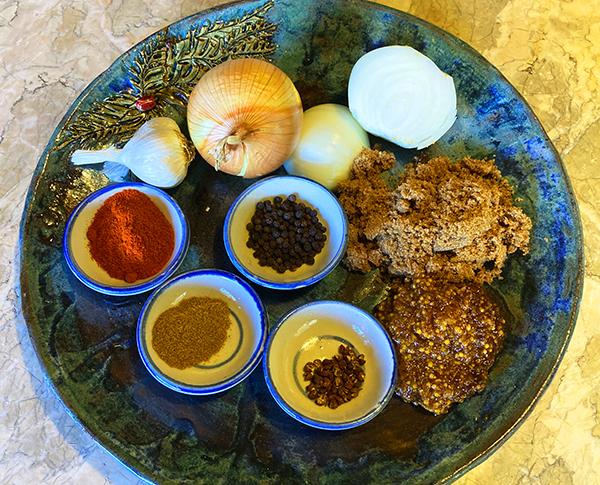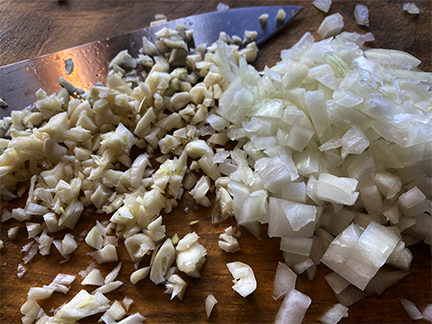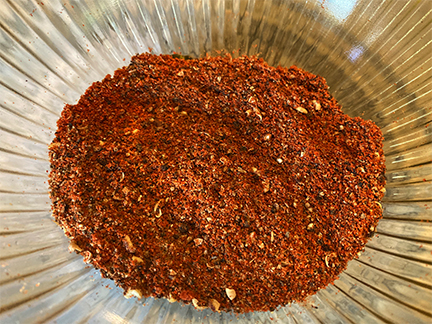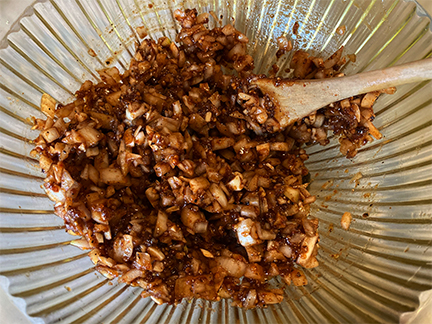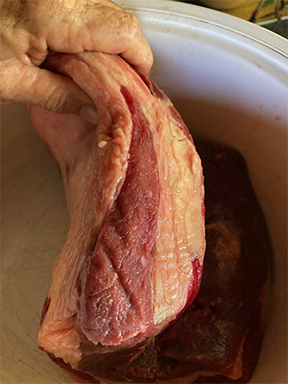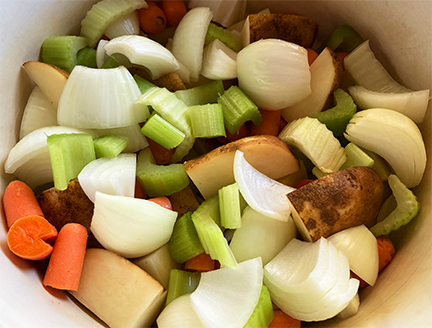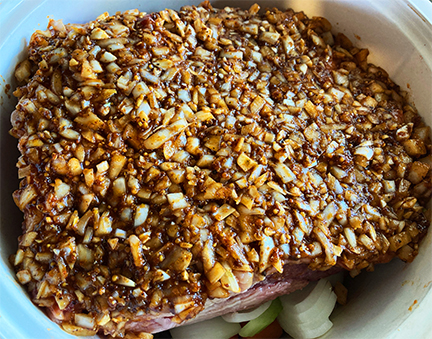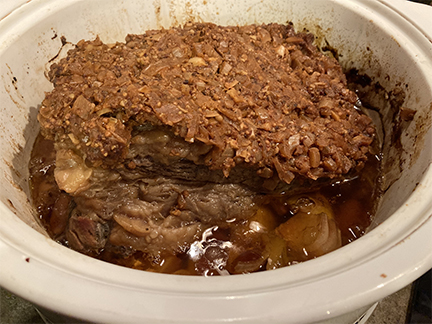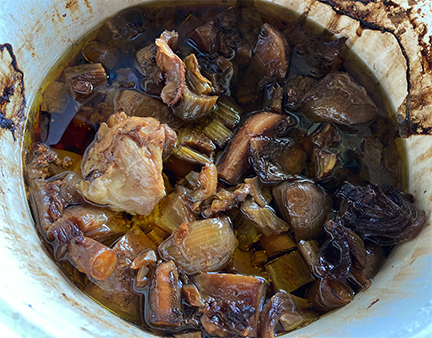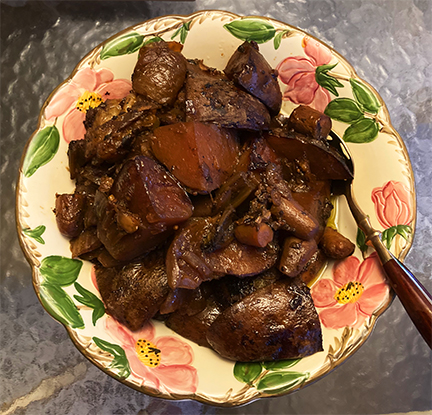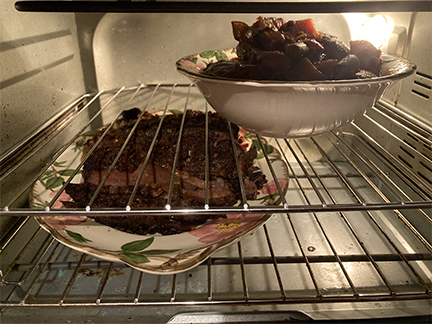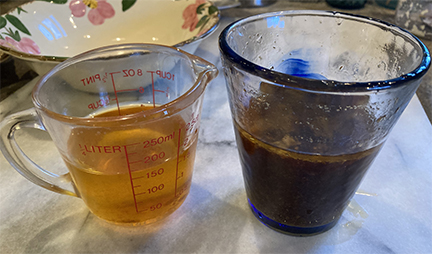A recipe from Shipton-under-Wichwood, Oxfordshire, England
Image: Farmers Haymaking With Horse And Cart, Wilson Hepple (1854-1937)
by Geraldine Duncan
Serves 4 to 6
This old time recipe is typical of the fare gracing the table at harvest time. Haymaking was heavy and hard work, producing prodigious appetites, particularly when you consider that the harvesters worked from sunup to after sunset. It was essential to get the hay in before the rains came. This hearty dish could be left on the back of the stove to cook, leaving overworked hands free to prepare breads, pies, cakes and other item needed for the harvest-time table.
- 1 beef roast (3 to 4 pounds if boneless, 4 ½ to 5 pounds, bone in)
- 2 tablespoons minced fresh thyme
- 2 tablespoons dry mustard powder
- 2 tablespoons salt
- 1 tablespoon fresh coarse ground black pepper
- 1 teaspoon ground nutmeg
- 1 teaspoon ground cinnamon
- 2 tablespoons paprika
- 3 tablespoons sugar
- ¼ cup all-purpose flour
- 3 or 4 strips of bacon, diced, or about a cup of diced bacon scraps
- 1 or 2 large yellow onions, diced
- 1 or 2 carrots, diced
- 1 stalk of celery, diced
- 2 cups Home Made beef broth (or 1, 14 ½ ounce can of commercial)
- 1 tablespoon Worcestershire sauce
- 2 bay leaves
- 1 tablespoon pickling spice
- 2 carrots, cut into half-inch pieces
- 1 parsnip, peeled and cut into half-inch pieces
- 2 to 3 medium potatoes, peeled and cut into one inch chunks
- 10 to 12 small boiling onions, peeled
- About ½ pound of small button mushrooms
- Salt and fresh, coarse ground black pepper to taste
- ¼ cup chopped fresh parsley
Pre-heat the oven to 325°. Mix the thyme, mustard, salt, pepper, nutmeg, cinnamon, paprika, sugar, and flour together and rub into all sides of the beef, massaging it well to work it into the meat. Leave sit for at least an hour. In a large heavy ovenproof dish with a tight fitting lid, gently sauté the bacon over a moderate heat until it releases most of its fat. Do not allow to become crisp. Add the diced onions, carrots, and celery and gently sauté until evenly coated with the bacon fat and soft but not browned, two to three minutes. Remove from the pot with a slotted spoon and set aside.
Place the beef in the pot, turn the heat up and sear, (brown) the meat on all sides. Return the sautéed vegetables to the pot. Pour in the broth and add the bay leaves. Put the pickling spice in a large tea ball or tie them in a square of cheesecloth and add to the pot. Cut a circle of brown paper from a grocery bag that is about an inch larger than the opening of the pot. Rub it with oil on both sides and lay on top of the pot, pushing the edges down so that they do not hang over the edge of the pot. Cover with a tight fitting lid and place in the oven. Leave undisturbed two and one-half to three hours. Remove the lid and paper and test for doneness. The meat should be fork tender. Place the carrots, parsnip, potatoes, boiling onions and mushrooms around the meat, return the lid and cook for another thirty minutes or until the vegetables are tender. Remove the meat and vegetables to a serving plate. Skim off as much fat as possible from the pan juices. Taste and adjust the seasonings with salt and pepper. Stir in the parsley and serve in a separate dish to be spooned over each serving.
| In the northern hemisphere, the full moon nearest the Autumn Equinox, usually around September twenty first, rises earlier than it does the rest of the year. This fortunate occurrence made it possible for the harvesters to work late into the night, therefore making the race against the rains a bit easier; and so it was called “The Harvest Moon.” |
